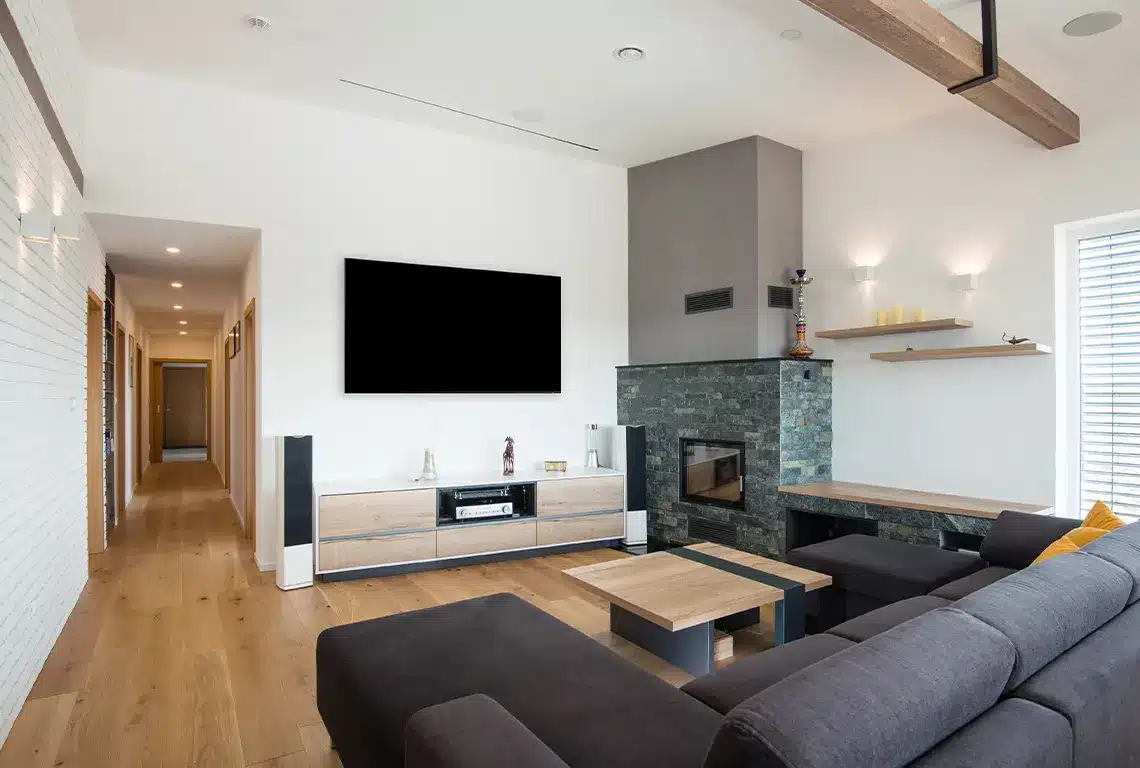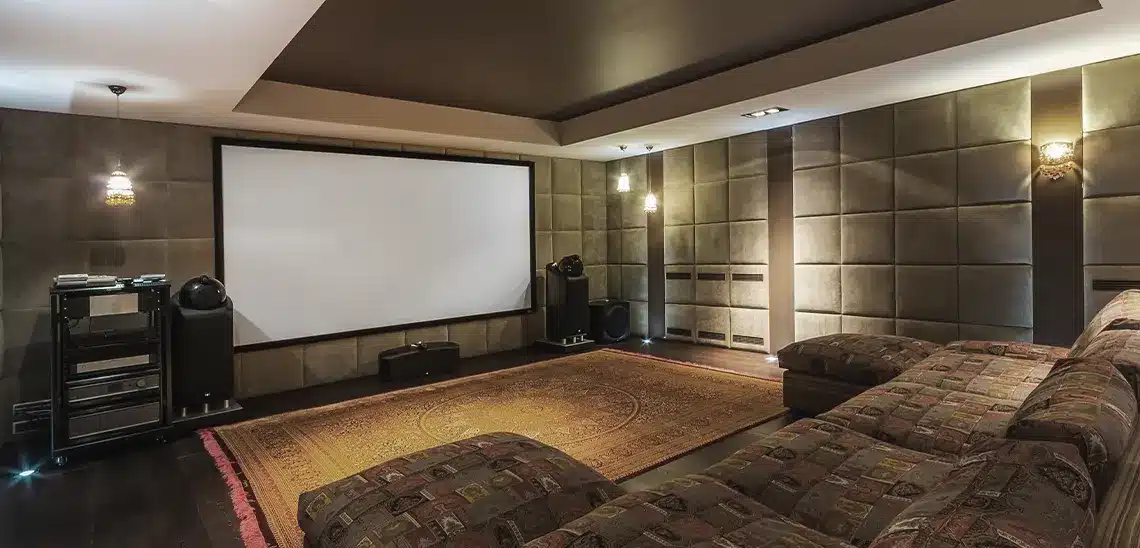
Budget and Buy Your AV Receiver
Before you begin looking at AV receivers, consider these three questions:
- How many speakers will I have?
- How many inputs do I need?
- What is the size of my budget?
Your answers to these questions will simplify your process. Let’s begin with the number of speakers you’d like to use. In a minimal 5.1 surround-sound setup, you’ll need five speakers and a subwoofer. However, if you think you’d like to go all-in with 11 channels of sound either now or later, it’s best to invest in a receiver that can handle 9 to 11 channels. Next, your AV receiver needs to include the appropriate inputs for whatever sources you plan to connect, whether it’s your Roku, Blu-Ray player, or PlayStation 5. Finally, your estimated budget is a helpful indicator of an AV receiver right for you. For basic 5.1 surround sound and a few inputs, you can find a receiver for $450 or lower. If you’re looking for more modern features, like Wi-Fi, Dolby Atmos, DTS:X, 4K HDR passthrough, additional inputs, and music streaming, a respective AV receiver will be priced around $800. If your AV receiver is over $1,000, you’ll be able to enjoy everything listed above with more control and power. If you haven’t settled on a budget quite yet, just cut your total speaker budget in half. The resulting number should be within the higher range of the cost of your AV receiver.

Plug In All the Components
Calibrate the System

